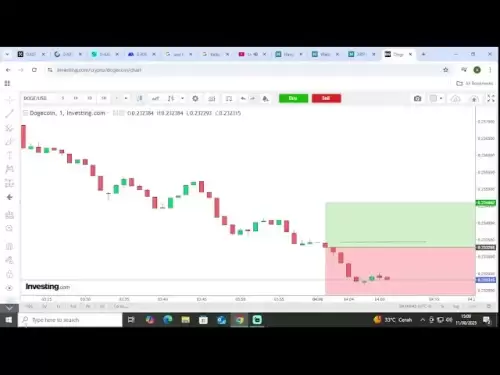-
 Bitcoin
Bitcoin $120300
1.24% -
 Ethereum
Ethereum $4311
2.06% -
 XRP
XRP $3.197
0.16% -
 Tether USDt
Tether USDt $1.000
0.01% -
 BNB
BNB $805.1
0.34% -
 Solana
Solana $179.6
-1.14% -
 USDC
USDC $0.9998
0.00% -
 Dogecoin
Dogecoin $0.2303
-1.21% -
 TRON
TRON $0.3442
1.08% -
 Cardano
Cardano $0.7938
-1.23% -
 Hyperliquid
Hyperliquid $44.55
-0.69% -
 Chainlink
Chainlink $21.81
-2.59% -
 Stellar
Stellar $0.4436
0.05% -
 Sui
Sui $3.728
-3.42% -
 Bitcoin Cash
Bitcoin Cash $586.5
2.00% -
 Hedera
Hedera $0.2530
-2.62% -
 Ethena USDe
Ethena USDe $1.001
-0.02% -
 Avalanche
Avalanche $23.65
-1.46% -
 Litecoin
Litecoin $124.5
-0.71% -
 Toncoin
Toncoin $3.384
1.63% -
 UNUS SED LEO
UNUS SED LEO $9.001
-0.44% -
 Shiba Inu
Shiba Inu $0.00001321
-2.42% -
 Uniswap
Uniswap $10.87
-2.31% -
 Polkadot
Polkadot $3.956
-2.80% -
 Cronos
Cronos $0.1681
4.79% -
 Dai
Dai $1.000
-0.01% -
 Ethena
Ethena $0.8090
1.30% -
 Bitget Token
Bitget Token $4.425
-0.55% -
 Monero
Monero $272.6
3.08% -
 Pepe
Pepe $0.00001169
-2.54%
What is the fee for OKX vs Bybit?
OKX and Bybit offer varying fee structures; OKX uses a tiered system based on trading volume and OKB holdings, offering significant discounts for VIP users, while Bybit's fees are simpler, generally fixed but with occasional promotions.
Mar 19, 2025 at 06:08 pm
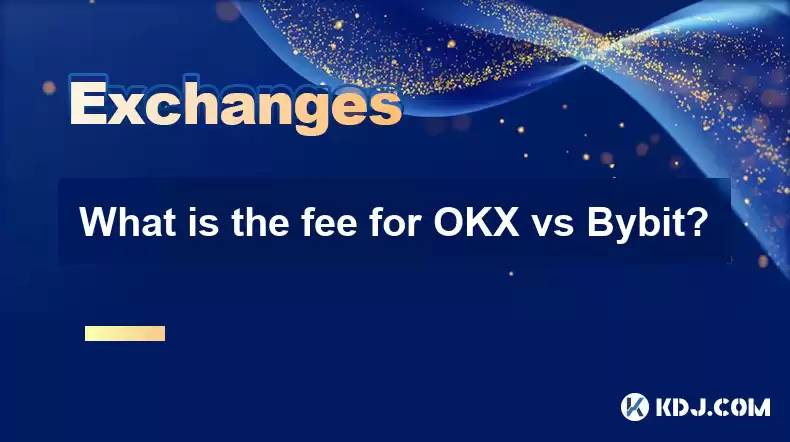
OKX's fee structure
Spot transaction fees : OKX charges different fees according to the user's transaction level. Users are divided into ordinary users and VIP users. The level of ordinary users is divided according to their OKB (OKX's native token) holdings, while the level of VIP users is determined by the asset and transaction volume over the past 30 days. Among ordinary users, when the OKB holding volume is less than 100, the market maker fee is 0.080% and the taker fee is 0.100%. As OKB holdings increase, the expenses gradually decrease. When OKB holdings reach 1000 or above, the maker fee is reduced to 0.060%, and the taker fee is reduced to 0.060%. For VIP users, asset volume or 30-day transaction volume reaches US$100,000 and above US$5 million, you can enter the VIP1 level, with maker fees of 0.045% and takers fees of 0.050%. As the level increases, at the highest VIP8 level (asset volume or 30-day trading volume reaches more than US$5 billion), the maker fee can be as low as -0.005% (meaning rebates), and the take fee is 0.015%. For example, if a user's spot trading volume in the past 30 days was US$10 million and the asset volume was US$500,000, then according to the rules, the user may reach the VIP2 level and enjoy the corresponding transaction fee discount.
Futures Trading Fees : The futures trading fees of OKX also vary according to user level. In perpetual futures and maturity futures (such as USDT perpetual futures, USDT maturity futures, USDC perpetual futures, etc.), the fees of ordinary users are similar to the ordinary user level fee system for spot trading. The fees for VIP users also decrease as the level increases. For example, at the VIP1 level, the maker fee for futures trading may be 0.02%, the take fee is 0.05%, and at the VIP5 level, the maker fee may be reduced to 0, and the take fee is 0.03%. The calculation of transaction fees will comprehensively consider factors such as contract size and contract quantity. For example, a user is conducting BTC/USDT perpetual futures trading, with a contract size of 1 BTC and trading 100 contracts. If the user is a VIP3-level taker, the transaction fee will be calculated according to the corresponding fee rate.
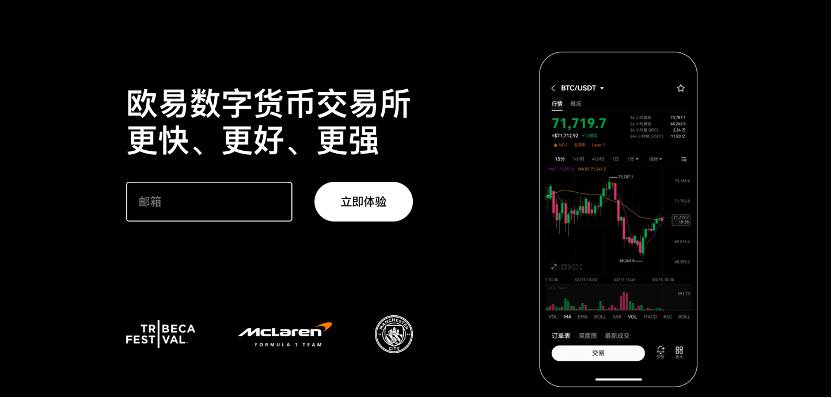
Option trading fees : The calculation of option trading fees is relatively complicated. The transaction fee is min (rate × multiplier × contract size × contract number, 12.5% × option fee × multiplier × contract size × contract number). The exercise fee is min (0.02%× multiplier × contract size × contract number, taker fee level × multiplier × contract size × contract number, 12.5%× settlement value × multiplier × contract size × contract number). There is no exercise fee for the date option (i.e., option that does not expire on Friday) and only applies to exercised options, and the unexecuted option does not involve exercise fees. The mandatory liquidation fee is min (user's taker fee level × multiplier × contract size × contract number, 12.5% × mark price × multiplier × contract size × contract number). For example, suppose the multiplier is 0.01, the contract size is 1 BTC, and the option fee is 0.05 BTC, and the user buys 100 call option contracts. If the user is a taker, according to its corresponding taker fee rate (assuming it is 0.03%), the transaction fee = min (0.03%×0.01×1×100, 12.5%×0.05×0.01×1×100) = 0.0003 BTC.
Other fees : OKX Additional fees may be charged in some special trading scenarios. For example, when conducting leveraged trading, there may be interest fees, and the specific interest rate will vary based on the leverage multiple and market conditions. When conducting OTC (OTC trading), there may also be certain handling fees. The handling fee rate usually depends on the size of the transaction amount, generally between 0.5% and 2%. If the user uses OKX's API to trade, a certain fee may be charged based on the API usage level for high-frequency transactions or large transaction requests.
Bybit's fee structure
Spot transaction fees : Bybit's spot transaction fees are relatively simple. Generally speaking, the spot transaction fee is 0.1%. However, Bybit will also launch some discount activities from time to time based on factors such as market conditions and user transaction volume. For example, during a specific time period, new users may enjoy certain discounts when conducting spot transactions, and the handling fee rate may drop to 0.08%. For some large-value transaction users, Bybit may provide certain fee discounts through negotiation with users. But unlike OKX, Bybit does not perform detailed fee stratification based on user level and token holdings like OKX.

Futures Trading Fees : Bybit's futures trading fees are divided into maker and taker fees. The maker fee is usually 0.02% and the taker fee is 0.055%. Similar to OKX, Bybit will also provide fee discounts to some users based on factors such as user's transaction activity and transaction volume. For example, for some professional market maker institutions, Bybit may sign cooperation agreements with them to give lower maker fees, and may even reduce the maker fees to below 0.01%. In some special futures contract transactions, Bybit may adjust the fee rate. For example, for some newly launched, relatively low-liquid futures contracts, the taker fee may be temporarily reduced to around 0.04% in order to encourage trading.
Other fees : Bybit charges fees for some value-added services. For example, users use Bybit's cryptocurrency lending service to charge interest fees based on the amount, term and market interest rate of borrowing. When trading using Bybit's NFT market, the platform will charge a certain proportion of transaction fees, generally between 2% and 5%. The specific fee rate depends on the type of NFT and the transaction amount. If users use Bybit's trading robot service, a certain subscription fee will be charged based on different robot packages and functions, ranging from a few dollars per month to dozens of dollars.
Comparative analysis of the cost of the two
Comparison of spot transaction fees : From the perspective of standard fees, the maker fee range for ordinary users of OKX is 0.060% - 0.080%, and the take fee range is 0.060% - 0.100%; Bybit's spot transaction fee is fixed at 0.1%. At the ordinary user level, OKX's fee is lower than Bybit under certain conditions (such as the OKB holding volume reaches a certain level). For VIP users, OKX's fee advantage is more obvious. The highest-level VIP user maker may even receive a rebate, which is more attractive than Bybit's single 0.1% fee. However, the occasional offers launched by Bybit for new users or specific events may make transaction fees less than OKX regular user fees in the short term.
Futures trading fees comparison : OKX's futures maker fee varies from 0.02% to 0 (or even lower) between ordinary users and VIP users, taker fee varies from 0.03% to 0.05%; Bybit's futures maker fee is 0.02%, taker fee is 0.055%. In terms of maker fees, the two are basically the same, but in terms of taker fees, OKX has more advantages for high-level VIP users and can provide lower taker fees. However, although Bybit's taker fee for ordinary users is higher than some VIP levels of OKX, it is also in a relatively reasonable range, and Bybit's fee adjustments for some special contracts and market makers can also compete with OKX in specific scenarios.
Comparison of options and other fees : OKX's option trading fees are complex to calculate, with multiple fee items and calculation methods; Bybit's popularity in option trading is relatively low compared to OKX, and related fee information is less disclosed. In other fees, OKX's OTC fee is relatively high, while Bybit's transaction fee is higher in the NFT market. In terms of lending services, the fees of both are affected by factors such as market interest rates. The specific fees must be calculated based on the actual lending situation. However, OKX has clear tiered charges in API usage fees, etc. Bybit has different package charges on trading robot subscription fees.
Disclaimer:info@kdj.com
The information provided is not trading advice. kdj.com does not assume any responsibility for any investments made based on the information provided in this article. Cryptocurrencies are highly volatile and it is highly recommended that you invest with caution after thorough research!
If you believe that the content used on this website infringes your copyright, please contact us immediately (info@kdj.com) and we will delete it promptly.
- Token Security, Agentic AI, Cybersecurity Guide: Navigating the New Frontier
- 2025-08-11 23:00:12
- Crypto Investments: Riding the Meme Wave with Layer Brett and Dogecoin
- 2025-08-11 23:00:12
- Nexchain, Crypto Presales, and Bitcoin Volumes: What's the Buzz?
- 2025-08-11 23:10:13
- Ethereum Treasury, Bitcoin, and Michael Saylor: A NYC Take on the Crypto Landscape
- 2025-08-11 23:10:13
- Pumpfun vs. Pepe Dollar: The Meme Coin Arena Heats Up
- 2025-08-11 23:10:14
- Altcoins Primed for a Bull Run: Investment Gains in the Making
- 2025-08-11 23:10:14
Related knowledge
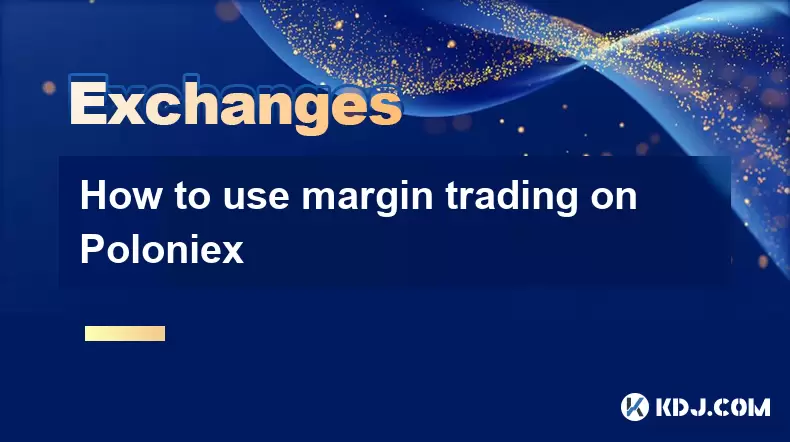
How to use margin trading on Poloniex
Aug 08,2025 at 09:50am
Understanding Margin Trading on Poloniex
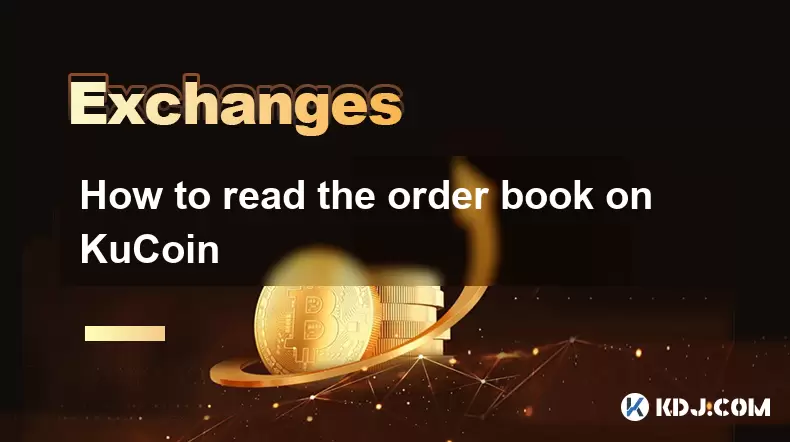
How to read the order book on KuCoin
Aug 10,2025 at 03:21pm
Understanding the Order Book Interface on KuCoinWhen accessing the order book on KuCoin, users are presented with a real-time display of buy and sell ...
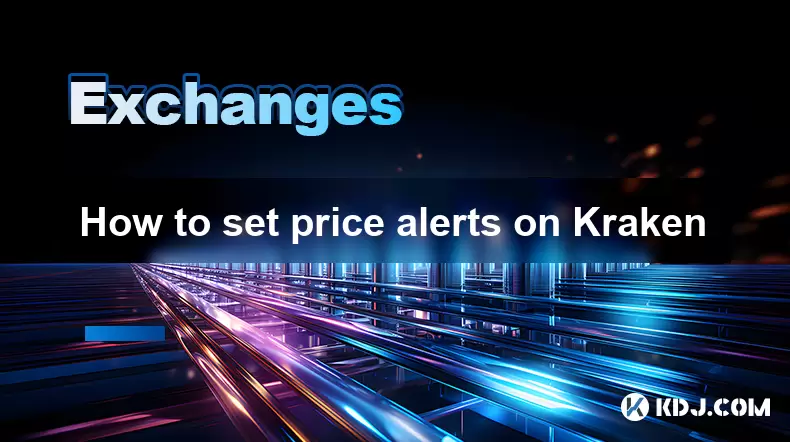
How to set price alerts on Kraken
Aug 11,2025 at 08:49pm
Understanding Price Alerts on KrakenPrice alerts on Kraken are tools that allow traders to monitor specific cryptocurrency pairs for price movements. ...
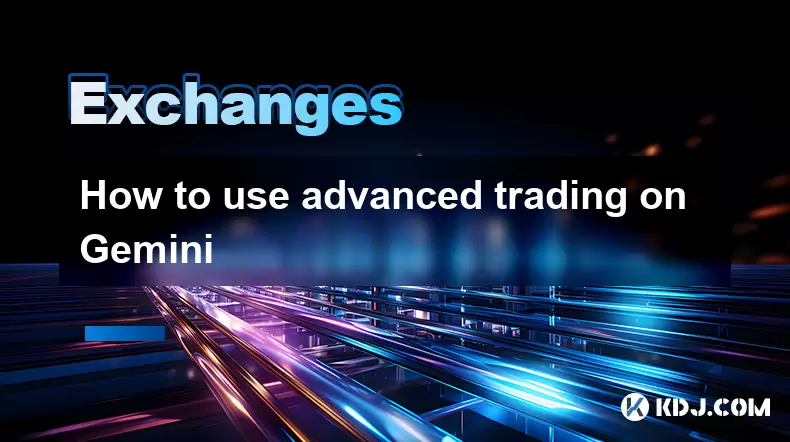
How to use advanced trading on Gemini
Aug 08,2025 at 04:07am
Understanding Advanced Trading on GeminiAdvanced trading on Gemini refers to a suite of tools and order types designed for experienced traders who wan...

How to use advanced trading on Gemini
Aug 08,2025 at 10:56pm
Understanding Advanced Trading on GeminiAdvanced trading on Gemini refers to the suite of tools and order types available on the Gemini ActiveTrader p...
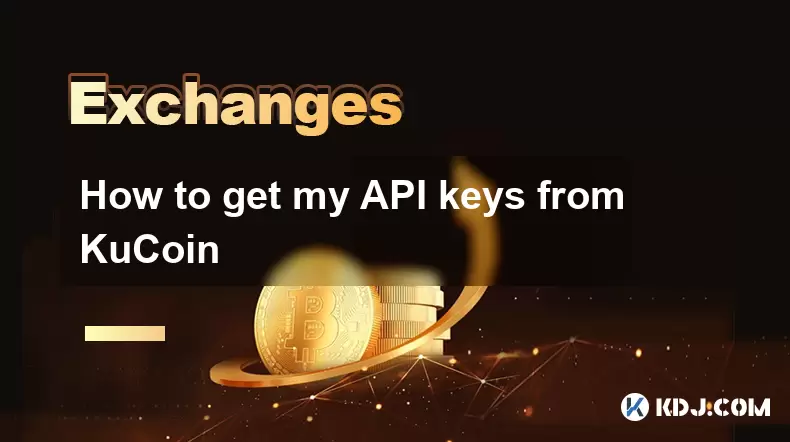
How to get my API keys from KuCoin
Aug 08,2025 at 06:50pm
Understanding API Keys on KuCoinAPI keys are essential tools for users who want to interact with KuCoin's trading platform programmatically. These key...

How to use margin trading on Poloniex
Aug 08,2025 at 09:50am
Understanding Margin Trading on Poloniex

How to read the order book on KuCoin
Aug 10,2025 at 03:21pm
Understanding the Order Book Interface on KuCoinWhen accessing the order book on KuCoin, users are presented with a real-time display of buy and sell ...

How to set price alerts on Kraken
Aug 11,2025 at 08:49pm
Understanding Price Alerts on KrakenPrice alerts on Kraken are tools that allow traders to monitor specific cryptocurrency pairs for price movements. ...

How to use advanced trading on Gemini
Aug 08,2025 at 04:07am
Understanding Advanced Trading on GeminiAdvanced trading on Gemini refers to a suite of tools and order types designed for experienced traders who wan...

How to use advanced trading on Gemini
Aug 08,2025 at 10:56pm
Understanding Advanced Trading on GeminiAdvanced trading on Gemini refers to the suite of tools and order types available on the Gemini ActiveTrader p...

How to get my API keys from KuCoin
Aug 08,2025 at 06:50pm
Understanding API Keys on KuCoinAPI keys are essential tools for users who want to interact with KuCoin's trading platform programmatically. These key...
See all articles


























